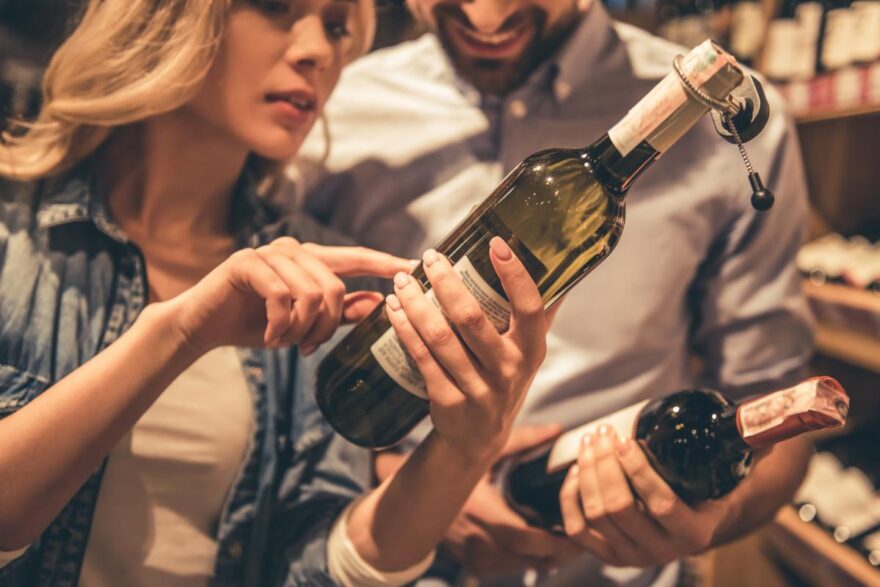

Walking into a wine store can be intimidating if you aren’t sure how to read the labels. What kind of wine is in this bottle? Who made it? Where did it come from? And most importantly, will I like it? This quick guide will help you decipher the wine label format and make your next purchase much simpler.
Not all labels are created equal
One thing to note is that every country has its own particular label format, and there is no international standard. For example, on New World wines (anywhere except Europe) the grape varietal is noted on the bottle, whereas on European wines often only the region is noted. You need to know what type of grape is grown in that region or vineyard to know what type of wine is in the bottle. However, there are certain elements that appear on all labels, you just need to know what to look for.
Let’s use the example below to work through the most common label elements:
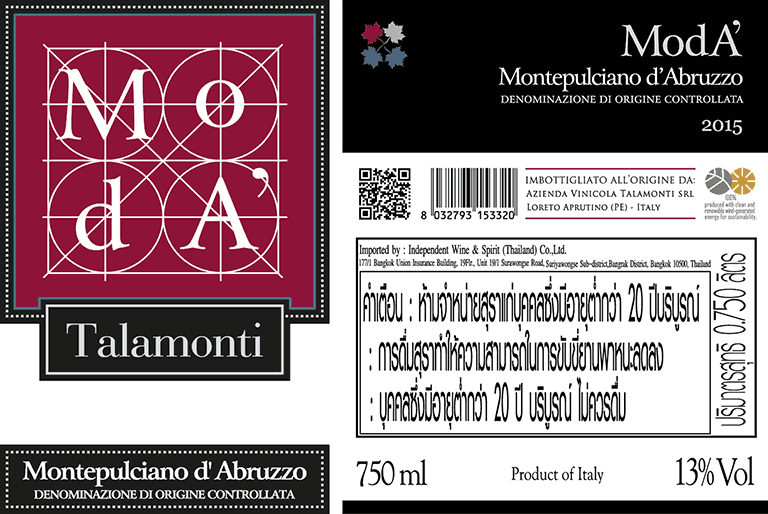
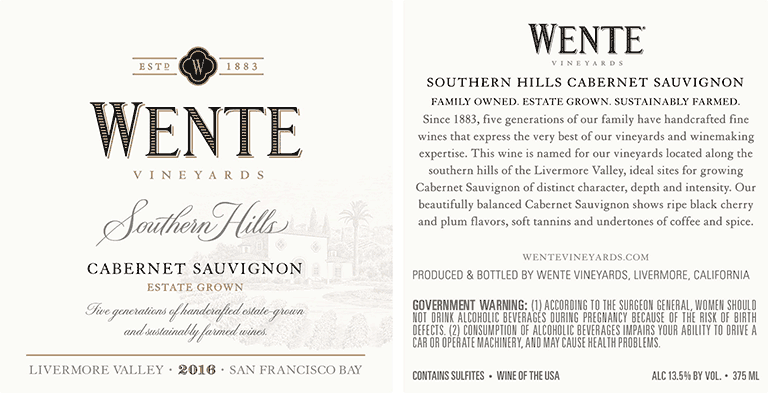
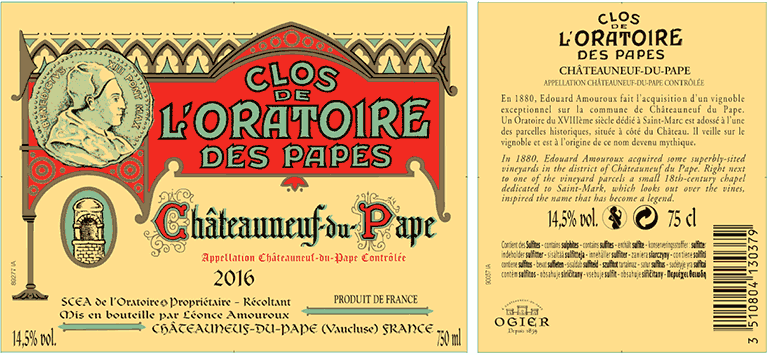
The name
Very often this is the name of the producer, winery, or chateau that made the wine. It is often, though not always, written in the largest font on the label. Here our New World example wine is named for the producer – Wente Vineyards. Clos de l’Oratoire des Papes (Ogier), a French wine, is named for the estate on which the grapes were grown. Wines may also be given what is referred to as a “fantasy name,” where the wine itself is named and the label also carries the name of the producer. Moda’ is the fantasy name for a wine produced by Talamonti in Italy.
The type of wine
As mentioned before, Old World and New World wines use different methods for noting the type of wine. New World wines, like our example wine, note the type of grapes used – here we see that Wente Vineyards wine is made from Cabernet Sauvignon grapes. Old World wines will often simply put the region in which it was made. A wine may be labeled Red Tuscan or Crozes Hermitage, and the consumer is expected to know what grapes are used in Tuscany or in the Crozes Hermitage area. This is beginning to change as more and more European countries allow wine producers to add the grape varietal name to their labels, making them easier to understand for beginning wine buyers, but it is not yet standard practice.
The French label here states that the wine is a Chateauneuf-du-Pape (the name of the region where the wine was produced). According to French law, wines labeled as Chateauneuf-du-Pape must contain a majority of Grenache grapes, blended with Syrah, Mourvèdre, or any of the other 13 legal varietals that can be used in this region, however the exact grapes used are not included on the label. Talamonti’s label tells us the wine is a Montepulciano d’Abruzzo – a name which conveniently contains both the name of the grape (Montepulciano) and the region (Abruzzo).
The region
Most bottles will indicate the country of production, which is required for wines that will be exported. Both Wente and Talamonti note the country of production on the back label, USA and Italy respectively, and most producers will do the same for clarity.
New World wines also indicate the appellation, this being the legally defined wine producing region where the grapes were grown. This could be a state, province, county, or even smaller district. In the United States, if a wine label carries an appellation it means that a minimum of 85% of the grapes used to make that wine must have come from that specific appellation. Our New World example wine was produced in the Livermore Valley Appellation in California. This indicates that a majority percentage of the grapes used to make this wine came from Livermore Valley.
For Old World wines, the appellation is generally displayed as the wine type. However, each appellation also has a level of quality and a number of winemaking restrictions associated with it. The smallest appellations are generally the most strict, with rules on the type of grapes that must be used, the required percentage of each grape in blends, the winemaking techniques that are allowed, and the required length of ageing before release. The appellation’s ranking will appear on the label as well, noting whether this wine qualifies as a wine from a controlled production area, as a typical regional wine, or as a simple table wine. Both Chateauneuf-du-Pape and Montepulciano d’Abruzzo are controlled appellations, meaning these types of wine have been made according to the national winemaking laws and regulations in the regions of the same name.
The classification
French wine labels may include the wine’s classification, meaning its place in the formal quality ranking of the wines from a particular appellation. There are several different classes, such as grand cru, premier cru, cru bourgeois, etc. but the general idea is that specific vineyards have historically produced such consistently superior wine that the wine from these vineyards should carry a specific label to indicate the high quality. The crus of Bordeaux and Burgundy are the most well known, and Chateauneuf-du-Pape does not have this form of cru ranking. In other European countries, such as Germany or Italy, there is an informal ranking system based on the reputation of the vineyard or producer, but no formal classification is indicated on the label.
The vintage
This is the year the grapes were picked – usually, this is prominently featured on the front label. Wente Vineyards was produced in 2016, and Moda’ was produced in 2015. Some wines, such as Champagne or Port, are made from blending wines of different vintages and will not carry a vintage date on the bottle. The label may instead note the year the wine was bottled, but that does not mean all the wine in the bottle was made that year.
The alcohol level
This is a very important indication of the strength of the wine – it gives the level of alcohol in the wine as a percentage of the total volume. This can range from about 9-16% depending on the type of wine, growing region, sugar levels, etc. This is often found on the back label or along the side of the front label. All wines are legally required to display the alcohol level legibly on each bottle. On our examples, the alcohol is indicated on the rear labels and is between 13-13.5%. This is a good average level of alcohol for these types of wine.
And so on and so forth
Other information may be found on wine labels, such as where the wine was bottled, government warnings about alcohol consumption, importer information, pairing notes, wine descriptions, etc, but the elements we have covered here are the most important to consider when trying to choose your next bottle. These will appear on any bottle of wine, regardless of where it was produced and understanding them should make your selection easier.
Have a look next time you are in a wine shop and see how many labels you can read!
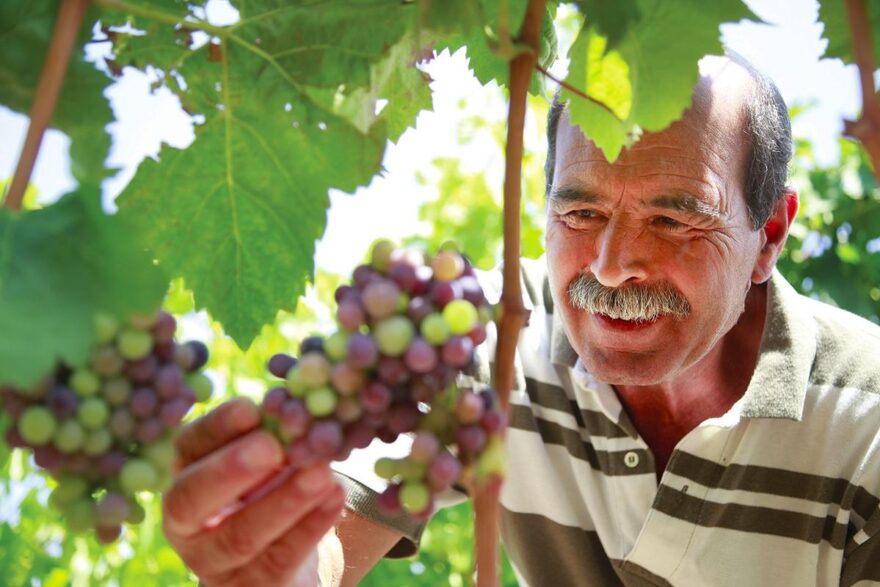
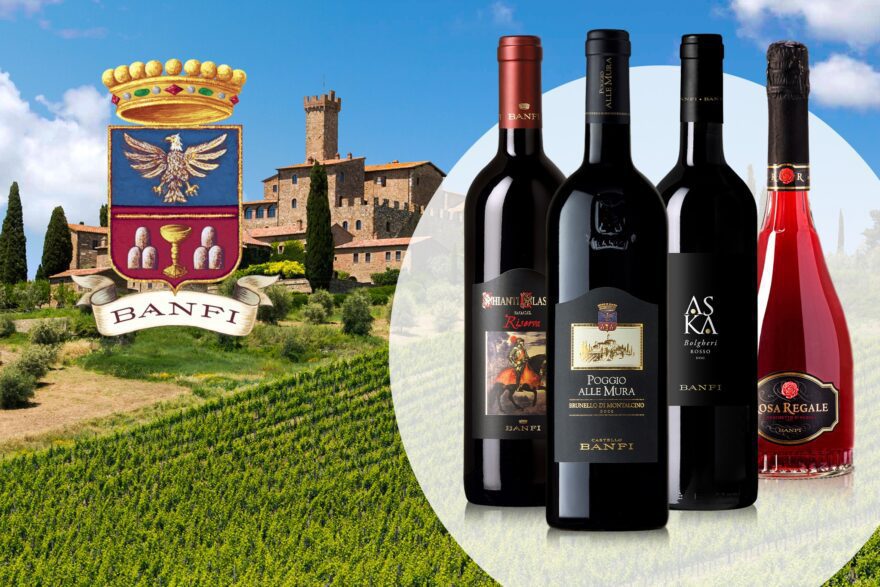
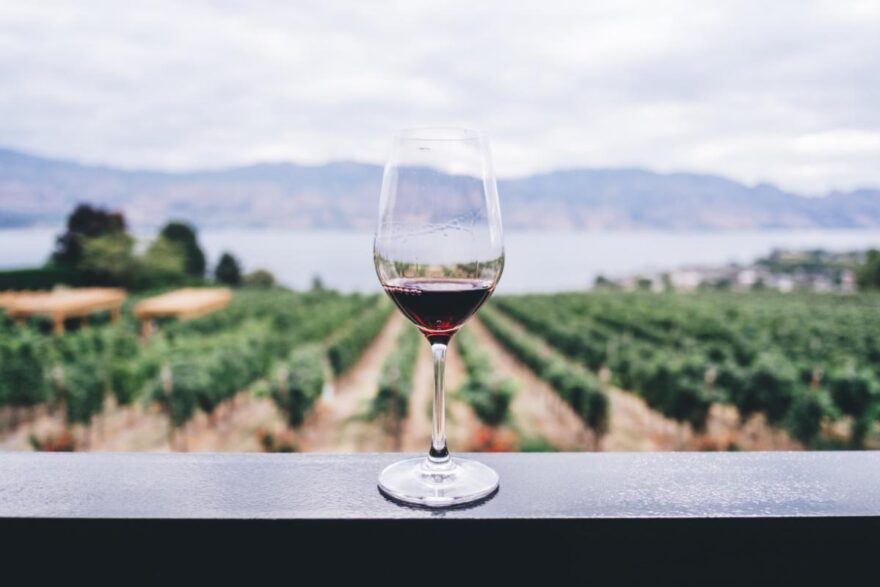
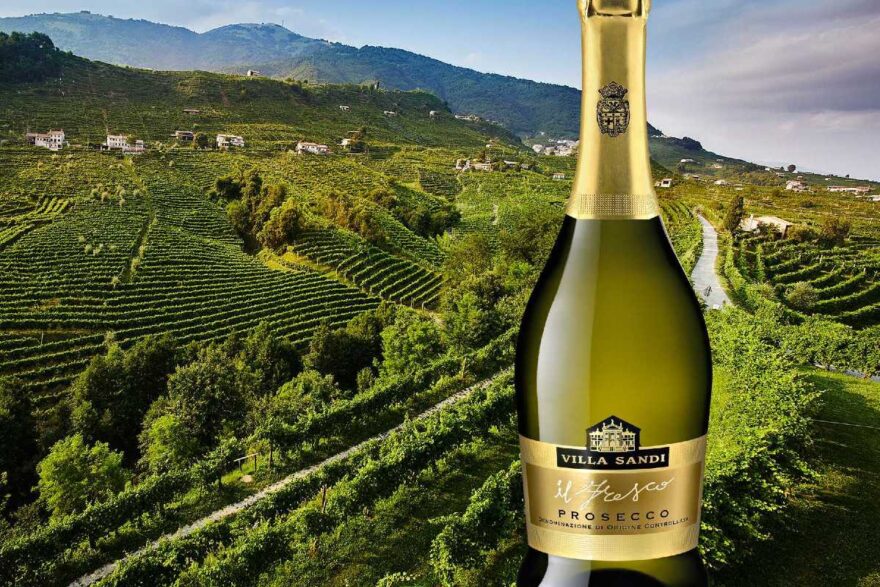


Really useful. It’s easy to get intimidated by wine labels and just settle for the seller’s recommendations.